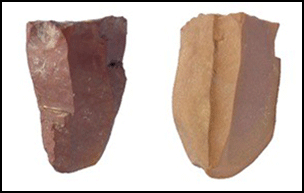Published online by Cambridge University Press: 06 November 2020

The lowlands of south-western Iran have been studied archaeologically since the mid nineteenth century. The Neolithic period, however, was mostly investigated in the 1960s and 1970s, when Early Neolithic settlements were reported in the western plains, positing the idea that the rest of the lowland plains had been populated after the Neolithic period. The excavation at Tapeh Mahtaj in 2015, however, has changed this view. This article provides inter-disciplinary results and discusses the nature of the Early Neolithic in the Iranian south-western lowlands, thereby enabling a better understanding of the emergence of early domestication and sedentism in the region specifically and in the Eastern Fertile Crescent.